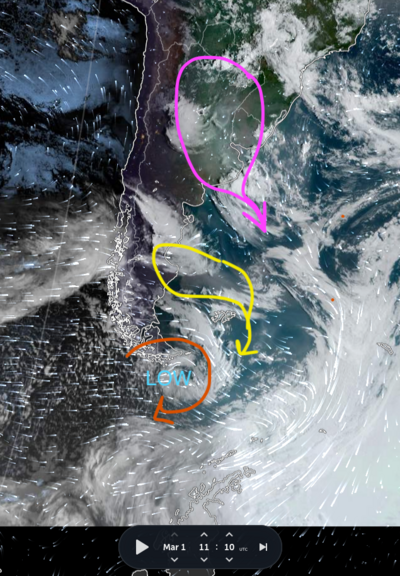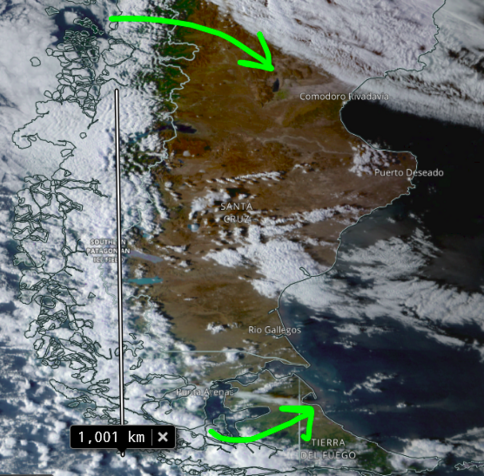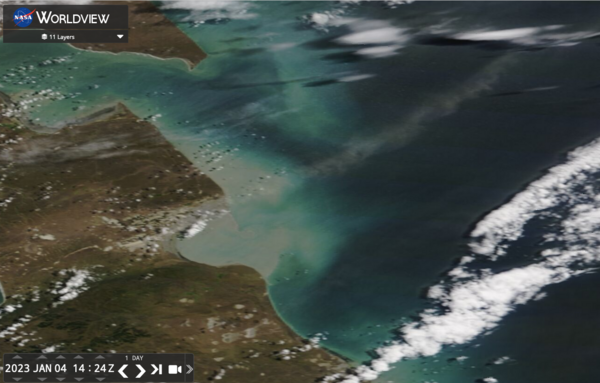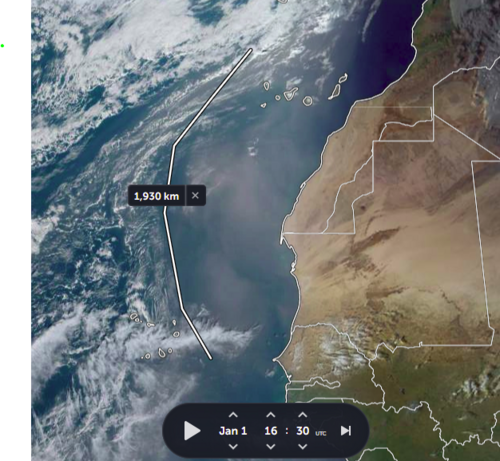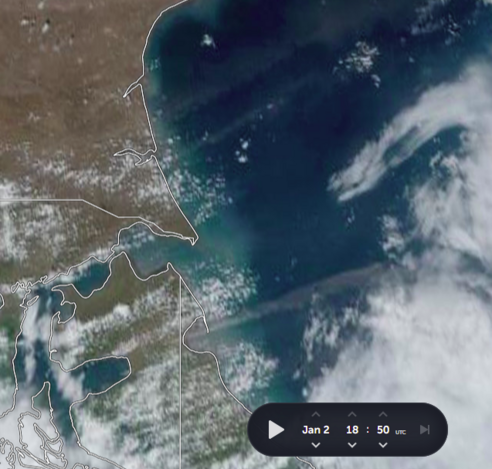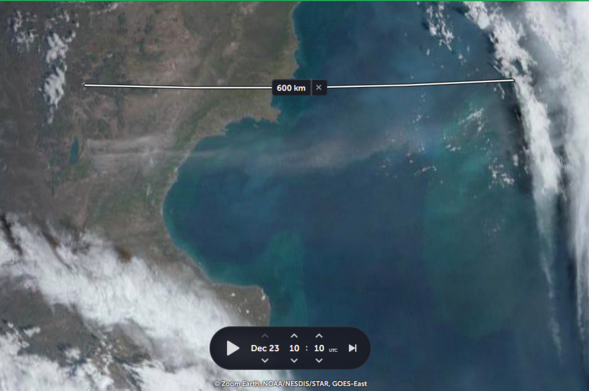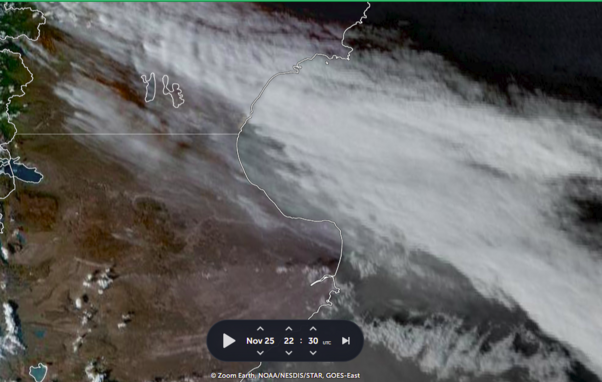Santiago Gassó · @SanGasso
311 followers · 214 posts · Server airpollution.scienceThis morning in S. America-Antarctica Pla corridor as seen by GOES with a layer of surface winds. Smoke in NE Argentina (pink) and dust from Patagonia (yellow) are dragged into the Drake Passage by a Low, illustrating a typical intercontinental aerosol transport pattern to Antarctica.
#higlatitudedust
#paleoclimate
#biogeochemicalcycles
#longrangetransport
#higlatitudedust #paleoclimate #biogeochemicalcycles #longrangetransport
Santiago Gassó · @SanGasso
311 followers · 214 posts · Server airpollution.sciencethousands of km south, an example of #higlatitudedust activity in Patagonia, the large desert in Argentina, frequently exposed the strong winds from incoming polar low. Dust activity kicks in source spanning 100s of km including the southernmost continental dust source at 54S
3/3
Santiago Gassó · @SanGasso
241 followers · 151 posts · Server airpollution.science#higlatitudedust activity yesterday morning in #TierraDelFuego, in southern Patagonia
#higlatitudedust #tierradelfuego #biogeochemicalcycles #paleoclimate
Santiago Gassó · @SanGasso
240 followers · 150 posts · Server airpollution.science#higlatitudedust activity yesterday in Patagonia with active sources spanning +1000km (43S to 55S) creates a dust front comparable in size to those in the NE Atlantic.
Both are very important . While the #Sahara case is known to be of importance for #airquality in the Caribbean and Americas and also blocking the sun, the Patagonia case is important because its role in the marine ecosystem downwind and better understand the source of dust found in #Antarctica.
#higlatitudedust #sahara #airquality #antarctica
Santiago Gassó · @SanGasso
240 followers · 148 posts · Server airpollution.scienceand later today several #higlatitudedust plumes can be spotted in the southern tip of #Patagonia including #TierradelFuego
#higlatitudedust #patagonia #tierradelfuego
Santiago Gassó · @SanGasso
221 followers · 124 posts · Server airpollution.science#higlatitudedust activity yesterday afternoon and this morning in Patagonia
Santiago Gassó · @SanGasso
73 followers · 43 posts · Server airpollution.scienceYesterday evening a major #higlatitudedust event in #Patagonia, spanning +800km.
This is an example on how #dust is generated in the Southern Hemisphere form one of the major dust sources. While not as a big produced as some counterparts in the N. Hemisphere, it location makes it important for #biogeochemical and #paleoclimate studies.
#higlatitudedust #patagonia #dust #biogeochemical #paleoclimate
